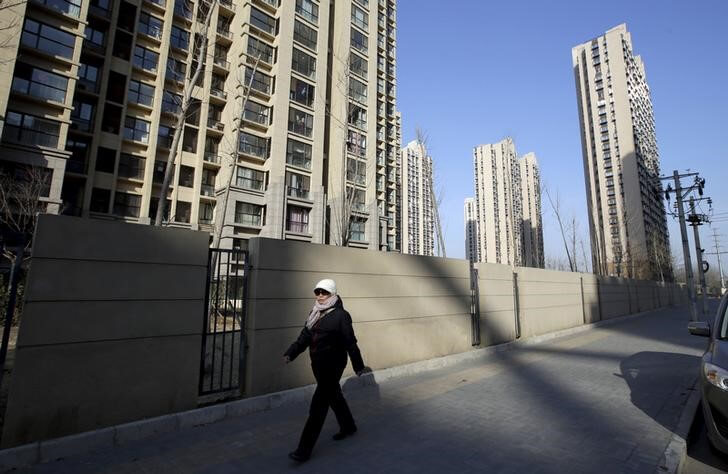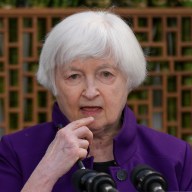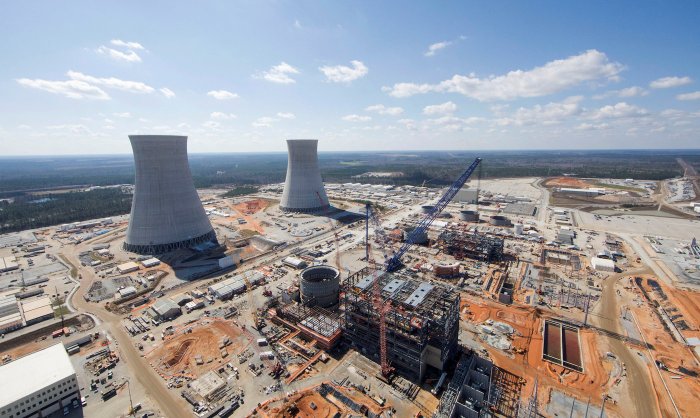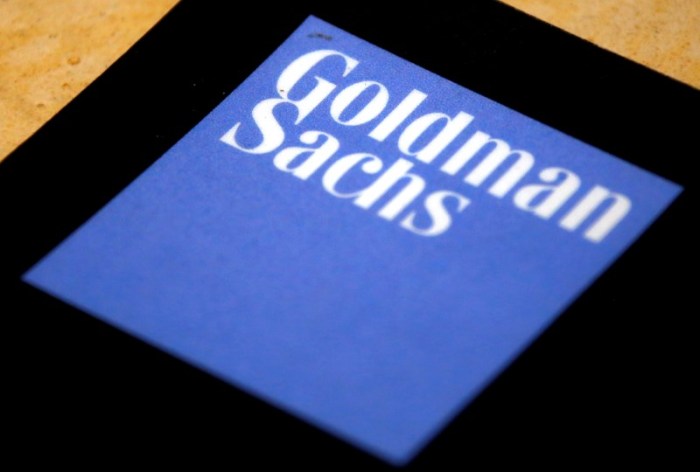By Clare Jim
HONG KONG (Reuters) – Sizzling home price rises in China’s biggest cities showed signs of easing in May but sharp gains appeared to be spreading to smaller cities, making policymakers’ job harder as they look to support the faltering economy without inflating bubbles. The recovery in China’s property market since late last year has been a rare bright spot in the world’s second-largest economy, which has been slowing amid weak demand at home and abroad, cooling investment and excess industrial capacity. Average new home prices in 70 major cities climbed 6.9 percent last month from a year ago, accelerating from April’s 6.2 percent rise, according to Reuters calculations based on data from the National Statistics Bureau (NBS) on Saturday. The NBS data showed 50 of the 70 major cities it tracks saw year-on-year price gains, up from 46 in April.
“The average (price) growth of new homes in first-tier cities started to narrow, while it continued to widen in second- and third-tier,” said Liu Jianwei, a senior NBS statistician.
The southern city of Shenzhen remained the top performer, with prices surging 53.2 percent from a year earlier, slower than the 62.4 percent rise in April.
But on a month-on-month basis, prices were up just 0.5 percent after April’s 2.3 percent rise, evidence that property cooling measures introduced by some big cities recently are starting to bite. Shenzhen and Shanghai have tightened downpayment requirements for second homes and raised the eligibility bar for non-residents to purchase properties.
Shanghai prices rose 27.7 percent on-year, easing from 28 percent in April. The monthly gain cooled to 1.9 percent from 3.1 percent.
“Easing growth in first-tier cities is a good thing, preventing a bubble from inflating,” said Liao Qun, China chief economist of CITIC Bank International in Hong Kong.
While the cooling trend in megacities may be good news for policymakers in Beijing, the survey showed sharp price rises are now spreading to other parts of the country.
The coastal city of Xiamen surpassed the top-tier cities and saw the second highest price rise of 28 percent. Prices in second-tier cities Nanjing and Hefei also rose over 20 percent, more than the 19.5 percent seen in Beijing. The spillover of higher prices to major second-tier cities is fuelling speculation that local governments there may also tighten restrictions on home purchases soon.
The government of Tongzhou, the eastern suburban district of Beijing, tightened rules last month on purchases of second homes. The eastern cities of Nanjing and Suzhou have put limits on how much developers can offer in land auctions. But CITIC Bank’s Liao said he did not expect widespread tightening across the country just yet, saying overall prices in second-tiers were still well below those in top cities.
Some small cities which have a glut of unsold homes may even need continued support to encourage homebuyers, he added.
China’s top banks are lending more to homebuyers and developers than at any time since at least the global financial crisis, making them vulnerable to a property market downturn if prices overheat. Investment growth in Chinese real estate slowed in May for the first time since December on a year-on-year basis as tightening measures in big cities took their toll.
China’s housing market is a crucial engine of growth, accounting for around 15 percent of gross domestic product. Authorities hope a healthier property market will help support growth, even as the broader economy continues to decelerate. (Reporting by Clare Jim; Editing by Kim Coghill)
China home prices rise faster in May as smaller cities join rally

By Clare Jim













